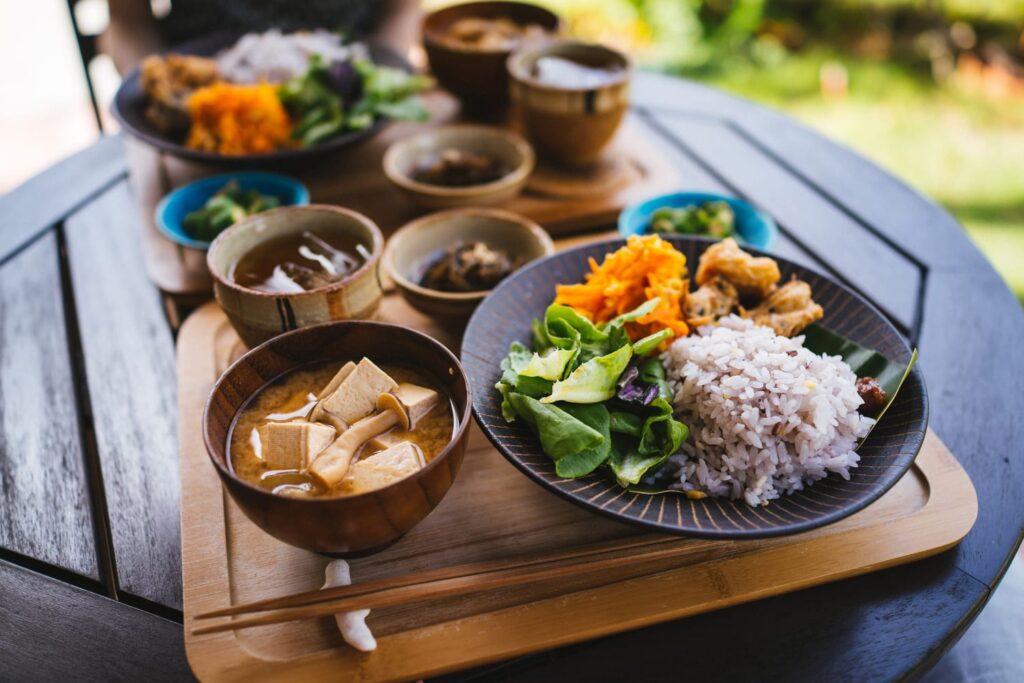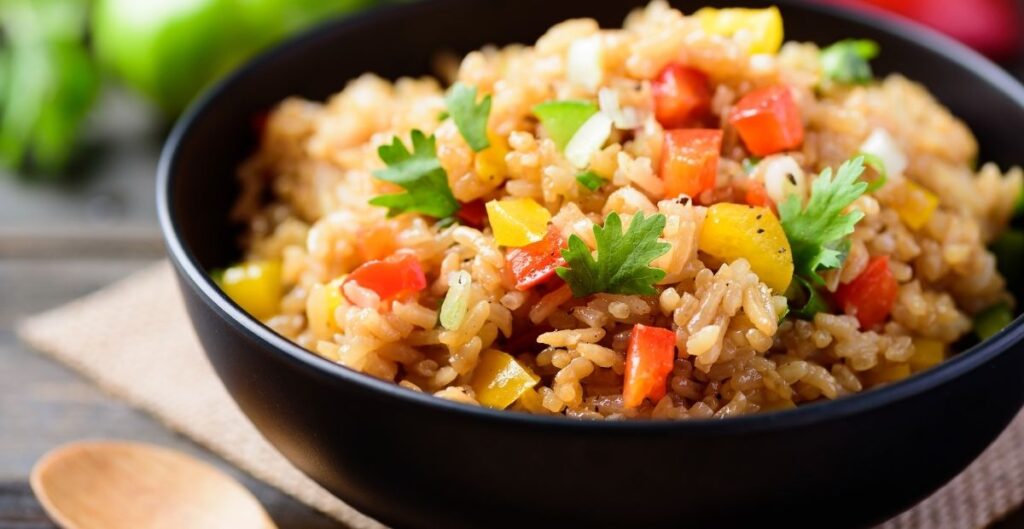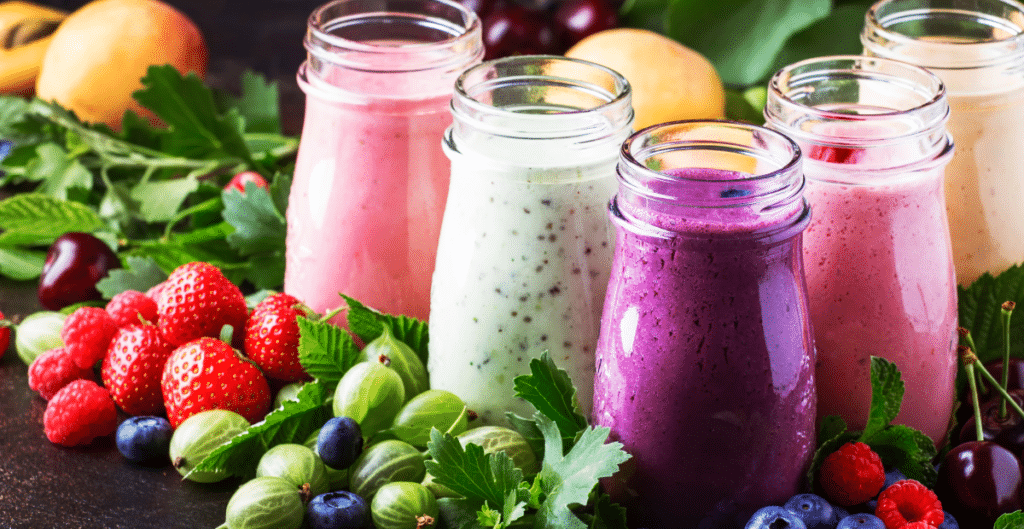13-Day Japanese Diet Plan for Weight Loss
The majority of Japanese individuals are maintained, slender, and robust; their faces have perfect skin and an outgoing, kind appearance. Fresh, in-season foods cooked with little preparation and given in tiny quantities are the foundation of the traditional Japanese diet. Steamed rice, miso soup, a single main dish (usually fish or seafood), and two vegetable or soy-based side dishes are the standard components of the customary menu arrangement, known as ichiju-sansai (one soup, three dishes).
You can lose up to 17 pounds with this eating plan. Japanese dietitians carefully considered each calorie, trace ingredient, and the impact of each item on the body. Their guidelines for its use have been created. It’s crucial to begin the diet properly, stick with it, and maintain the results. Minimise your intake of foods that are strictly forbidden for the subsequent two weeks, such as alcohol, grain products, salt, and glucose, a few days prior to the commencement of the diet.
Following the Japanese diet has been associated in large-scale research with a decreased risk of heart disease, stroke, depressive disorders, and early mortality. The combination of omega-3-rich fish, fermented soy products, and nutrient-dense plant meals is responsible for these advantages.
The foundation of weight loss is the nearly total elimination of carbohydrates and glucose from the diet. The metabolism is controlled by the nutrition. Its equilibrium will guarantee that the weight remains within the normal range for an extended period.
What does the diet consists of?
Vegetables, soybeans, seafood, fish, seaweed, and fermented foods are all plentiful in this dietary regimen, offering essential calories that promote mental, cardiovascular, and digestive health. It promotes mindful and attentive eating, which helps people maintain an appropriate weight and live longer.
Consuming a minimum of 1.5 litres of water each day will become an advantageous routine for you. To avoid leaving your system in the condition of avitaminosis, remember to purchase any multivitamins from the chemist. When on a diet, consume them.
Note* Sugar/glucose, salt, processed meals and fats are restricted items in this dietary plan.
Core components of the Japanese dietary plan:
The enlisted food items are an essential part of Japanese diet and include all the vital nutrients needed to maintain a healthy weight.
Seafood/fish
Japan has rich fishing grounds and therefore they add this very essential element into their diet as it is rich in Omega-3s.
Small grained rice
This has high levels of starch and therefore, it is healthier to intake small grained rice. it is also low in fats and so helps maintain a healthy weight.
Broths
Broths naturally absorb essential nutrients and therefore are a vital part of Japanese diet.
Vegetables and soy foods
Vegetables and soy foods contain all the essential minerals, fibres and proteins needed to maintain a healthy weight.
Green tea/water
Water is indeed much a necessity of human body and green tea helps to maintain a healthier weight as the studies have shown.
Benefits of the Japanese diet
Vitamins, minerals and proteins are included in the Japanese dietary regimen in the right amount. Plentiful intake of these nutritious elements in your diet is beneficial and here are some listed benefits of this Japanese dietary regimen.
1. Better mental well-being
According to a big study including more than 12,000 Japanese workers, individuals who followed traditional Japanese eating patterns carefully were 17–20% less likely to experience depression symptoms than those who did not. Omega-3 fatty acids, which promote brain function are associated with the beneficial effects. These fatty acids can be found in fish, and soy food.
2. Extended lifespan
Individuals who most strictly adhered to the Japanese diet had a 15% reduced chance of dying young than those who ate a Western-style diet, according to a 15-year study including over 75,000 participants. Japan is the country with the longest average lifespan. this is largely due to its low prevalence of obesity, high eating of plant foods and fish, and low consumption of pork and beef.
3. Metabolism wellness
The high fibre content of vegetables, seaweed, and soy in the diet promotes satisfaction and a healthy digestive system. Miso is example of fermented food that promote immunity and reduce gastrointestinal problems by preserving a healthy gut micro-biota.
13 days diet plan
Below is the Japanese dietary plan that you must follow to maintain a healthy posture.
|
Days |
Breakfast |
Lunch |
Dinner |
|
Day 1 |
Green tea without sugar |
White cabbage salad Glass of tomato juice |
Fish 200 grams |
|
Day 2 |
Black coffee Rusks |
Fish Boiled cabbage/vegetable salad |
Boiled non-fat beef 100 grams |
|
Day 3 |
Coffee Rusks |
Zucchini fried in vegetable oil |
Boiled beef 200 grams White cabbage salad |
|
Day 4 |
Coffee |
Boiled egg 3 large boiled carrots, coated in vegetable oil |
Fruits |
|
Day 5 |
Lemon juice Fresh carrot |
Fish 100 grams Tomato juice |
Fruits |
|
Day 6 |
Coffee |
Chicken without fat White cabbage salad |
Boiled eggs – 2 Carrots coated in vegetable oil |
|
Day 7 |
Green tea |
Boiled beef 200 grams Carrots |
Fish 200 grams |
|
Day 8 |
Coffee |
Chicken without fat White cabbage salad |
Boiled eggs – 2 Carrots |
|
Day 9 |
Lemon juice Fresh carrots |
Fish Tomato juice |
Fruits |
|
Day 10 |
Coffee |
1 egg 3 large carrots |
Fruits |
|
Day 11 |
Coffee Rusks |
Zucchini fried in vegetable oil |
Boiled beef 200 grams 2 boiled eggs Cabbage salad |
|
Day 12 |
Green tea/coffee |
Boiled cabbage Fish 100 grams |
Non-fat boiled beef 200 grams |
|
Day 13 |
Coffee Rusks |
2 boiled eggs White cabbage salad Tomato juice |
Fish 200 grams |
Secrets to an easy transition to the Japanese diet:
With an emphasis on fresh produce, salmon, soy products, and shellfish, the Japanese diet normally comprises 3 primary meals per day: breakfast, lunch, and dinner. To slowly let it sink in:
1. Take two to three times a week, swap out red meat with fish.
2. Include soy products such as tofu.
3. Incorporate seasonal vegetables into each meal.
4. Replace sugary beverages with water or green tea.
Additional Advice
Along with attending to a healthy dietary plan, including all the necessary dietary elements i.e. proteins and essential minerals, there are other activities that can be put into exercise. Following these additional advices will help benefit more from the dietary plan as well. the additional/general advices are listed below.
- Steer clear of smoke and alcohol
- Get smaller portions of food
- Share any dietary problems (if faced) with your physician, or doctor
- A little exercise can help with digestion
- Yoga and meditation is the best way to relax your mind and body
Conclusion
Japanese dietary plan is one that has been tested and has given out profound results. Japan has the longest average survival ratio and that is because of the intake of plant and seed foods, along with seafood. And the elimination of carbohydrates and glucose is one factor which helps to reduce weight and carry a slender figure. The diet plan, given above, if followed properly would surely sow results, indeed within the two weeks.



